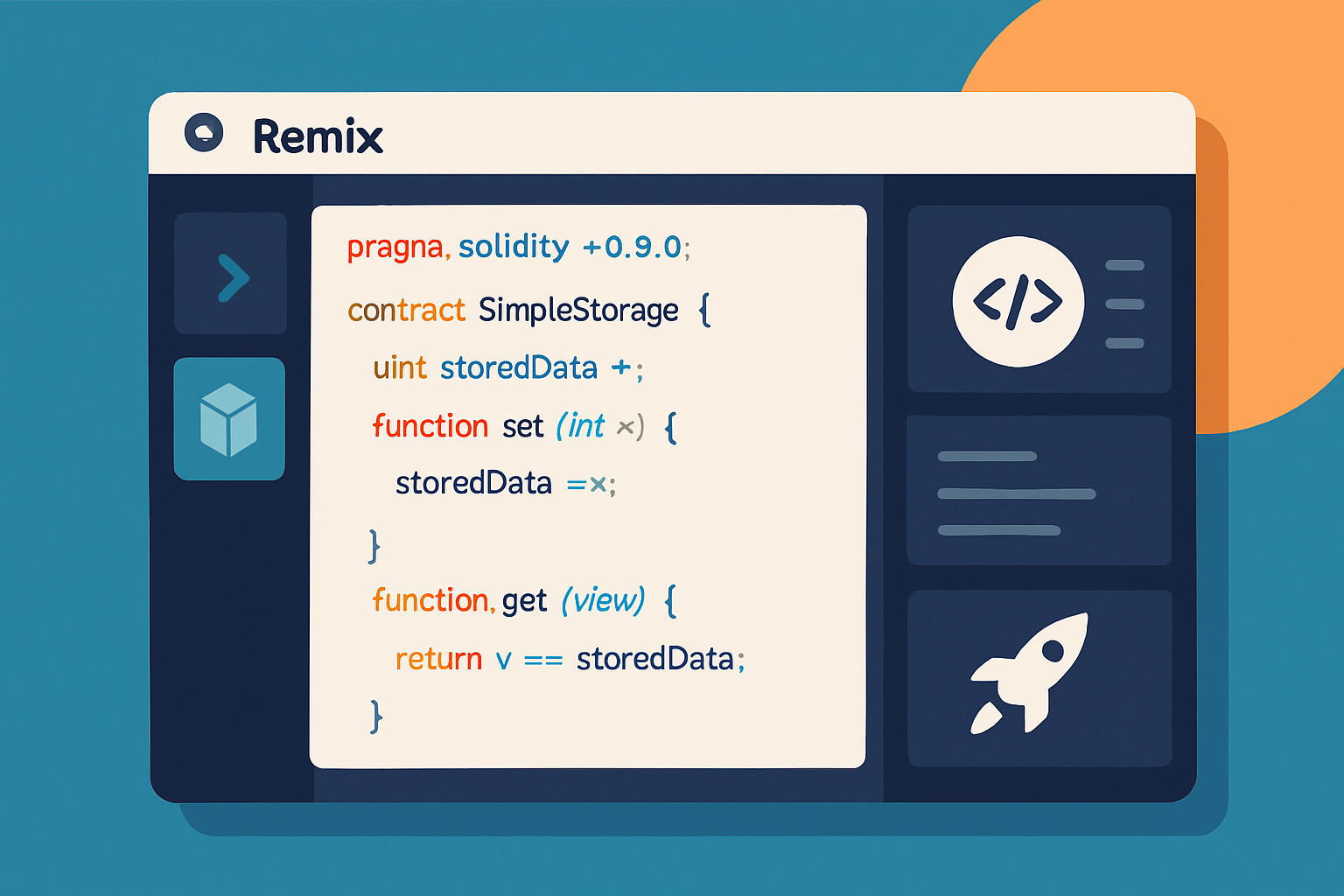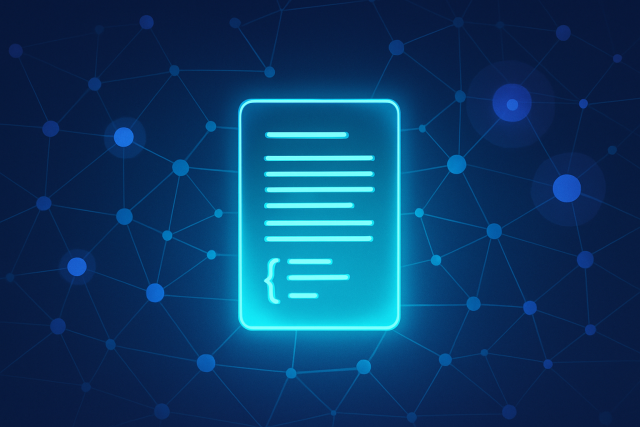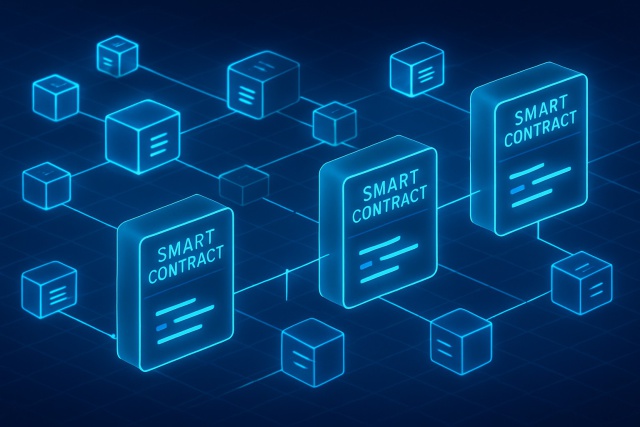Learn Solidity Basics for Ethereum Development


This guide walks you through the basics of Solidity giving you the tools to start crafting your own smart contracts with confidence.
- Get to know Solidity and discover how it powers smart contracts to run decentralized apps on the Ethereum blockchain — it is the backbone you did not know you needed.
- Dive into key concepts like contracts, functions and data types to build a rock-solid foundation in this language and make sure you will not get lost later on.
- Set up your development space with Remix IDE so you can easily write, compile and deploy your first smart contract — no headaches just code flowing.
- Learn how to safely test your contracts on Ethereum testnets before taking the plunge onto the main network because nobody likes surprises when real value is on the line.
- Avoid classic beginner pitfalls and soak up best practices to write secure, efficient Solidity code that won’t keep you up at night.
Solidity is the go-to programming language when it comes to writing smart contracts on the Ethereum blockchain. For those just dipping their toes into blockchain development, getting a handle on Solidity usually feels like unlocking a new level—one where you can build decentralized applications and automate agreements that are not only secure but also crystal clear.
Solidity might feel daunting at first due to its quirky syntax and blockchain concepts. But if you take it step by step—no need to rush—anyone with some programming know-how or even complete beginners can pick up the basics. This article guides you through Solidity's fundamentals in a friendly no-nonsense way designed to boost your confidence as you start crafting your own smart contracts.
What is Solidity? A Basic Overview with a Dash of Flavor
Solidity is a high-level programming language designed specifically for crafting smart contracts on the Ethereum blockchain. It lets developers write contracts that automatically enforce rules and handle data while processing transactions seamlessly without a middleman.
- Solidity is statically typed, meaning variable types are locked in and checked during compilation to keep things reliable and error-free.
- It takes a contract-oriented approach, neatly packaging code and data into self-contained units called contracts.
- Solidity plays beautifully with the Ethereum Virtual Machine (EVM), ensuring smart contracts run smoothly and consistently on every Ethereum node.
- The language supports event-driven programming, letting external apps know exactly when important actions happen.
- Solidity also includes inheritance, letting contracts borrow or build upon existing code to stay tidy and boost efficiency. It is like recycling, but way smarter.
Ethereum is a hugely popular blockchain platform that basically hands you the keys to create and run smart contracts on your own. These contracts aren’t your everyday agreements because they are self-executing deals that spring into action automatically when the conditions are just right.
Important Concepts and Terms in Solidity A Quick Dive
| Term | Simple Definition | Why it Matters |
|---|---|---|
| Contract | The fundamental building block in Solidity, similar to a class | Sets the ground rules and data layout for your smart contract, kind of like the blueprint you do not want to mess up |
| Function | A reusable chunk of code that performs specific tasks within a contract | Lets you carry out particular actions like updating info or grabbing data without rewriting the wheel each time |
| State Variable | Data stored permanently inside the contract | Holds onto key details such as user balances or statuses—think of it as the contract’s memory bank |
| Event | Signals broadcast during contract execution | Allows external apps to pick up on changes and respond accordingly, keeping everything in sync |
| Modifier | Special snippets of code that tweak how functions behave | Often used to gatekeep access or validate inputs, a bit like a bouncer at a club |
| Address | A data type representing Ethereum accounts | Identifies users, wallets, or other contracts — the equivalent of an account number but for the blockchain |
| Mapping | A key-value pair data structure | Efficiently links keys to values, such as connecting users to their balances, making lookups a breeze |
Getting a good handle on these terms is key when diving into Solidity code. Contracts act like the backbone and structure your code nicely. Functions lay out exactly what it’s supposed to do. State variables keep track of the essential data you need. Events are your bridge to the outside world and let your code chat with external systems. Modifiers add a useful layer of security and control like a bouncer for your functions. Addresses represent important Ethereum players and mappings are a clever way to store data by linking keys to values.
How to Set Up Your Solidity Development Environment The Easy Way
If you are just dipping your toes into Solidity Remix IDE is a fantastic place to start. It runs straight from your browser so you can forget about the usual headache of installations. The interface is straightforward and makes it a breeze to write, compile and test smart contracts without fuss.
- Head over to the Remix IDE website in your browser. - Kick off a new Solidity file and start drafting your smart contract. - Remix's built-in compiler does the heavy lifting by catching any pesky errors before they trip you up. - When you’re ready, deploy your contract straight to Ethereum test networks right from Remix and see it in action without breaking a sweat.
Getting Started with Your Very First Solidity Smart Contract (No Sweat!)
Here is a pretty straightforward Solidity contract example called SimpleStorage. It stores a number and provides simple functions to update and fetch that stored value.
Define your contract with the contract keyword and give it a clear, catchy name.
Create a state variable to hold the number—think of it as your contract’s little memory bank.
Add a set function so you can update that stored number whenever you need to—because nothing stays the same forever.
Throw in a get function to easily fetch the current number—kind of like checking your contract’s pulse.
Compile and deploy your contract using Remix. Once it’s live, have some fun interacting with it by calling the set and get functions to see it in action.
set updates the stored value, and get fetches it back for you. The public keyword opens the door so these functions and variables can be accessed from outside the contract, no secret handshake required. Solidity wraps up statements with semicolons and groups code with curly braces, a setup that'll feel pretty cozy if you have tinkered with other programming languages before.

Getting to Know Solidity Data Types and Structures The Building Blocks of Your Smart Contracts
Solidity comes packed with a variety of data types to store all sorts of information. Getting a good grip on these types really helps when you are building contracts whether you are dealing with simple flags or diving into more intricate data structures. Among the usual suspects you’ll find yourself juggling are numbers, booleans, addresses and collections like arrays and mappings.
uint: An unsigned integer perfect for handling positive numbers without any fuss.int: A signed integer versatile enough to represent both negative and positive values, covering all bases.bool: The simplest type holding just true or false—like a tiny guardian of binary truth.address: Ethereum wallet or contract addresses, the digital street addresses of the blockchain world.string: A container for textual information, your go-to for words and sentences.- Arrays: Collections of elements that can either stick to a fixed length or vary in size.
mapping: Key-value pairs designed for lightning-fast data retrieval—like a savvy librarian with a perfect filing system.
Use uint and int when you need to count or hold numbers—think token balances or measuring time intervals. Booleans work like little switches perfect for keeping track of state flags such as whether a task is done or not. Addresses are vital players that identify contract owners or users like ID cards in the blockchain world. Strings come into play for any descriptive info including names or metadata—basically the human-readable stuff. Arrays are your go-to when you want to keep multiple items grouped together and are super handy for managing lists like user accounts.
Understanding Control Structures and Functions in Solidity
Let's dive into the nuts and bolts of control structures and functions in Solidity—because, frankly, getting these right can make or break your smart contract game. Whether you are a seasoned coder or just dipping your toes into blockchain waters, mastering these concepts will definitely save you a headache down the line.
Control flow structures like conditionals and loops let your contract make decisions on the fly and handle repeated tasks without breaking a sweat. Functions wrap up chunks of logic into neatly named sections and make your code easier to navigate.
- The
if-elsestatement is like a traffic cop for your code, directing the flow based on certain conditions. forloops repeat actions a set number of times, no questions asked.whileloops keep on chugging as long as a condition holds true, kind of like a stubborn mule.- Functions are neat little blocks crafted to handle specific tasks, making your code more organized and reusable.
- Visibility keywords like
publicandprivatedecide who gets to peek inside those functions—think of it as the bouncer for your code club. - Functions can also toss values back to other parts of the contract or whoever called them, which keeps everything connected and running smoothly.
For instance, if (x > 10) { ... } else { ... } lets the contract take different paths depending on the value of x. A for loop such as for (uint i = 0; i < 5; i++) { ... } runs the code inside exactly five times, making it a neat little repeat button. Functions marked as public are open to anyone who wants to call them while those tagged private keep things tightly under wraps inside the contract itself.
How to Deploy and Test Your Smart Contract on Ethereum Test Networks
Getting your smart contract up and running on Ethereum test networks might sound like a daunting task, but with a little guidance, it’s actually quite straightforward. Think of it as a dress rehearsal before the big premiere—where you catch the glitches without any real-world headaches. Whether you’re ironing out bugs or simply making sure everything plays nicely together, this step is vital. So, let’s roll up our sleeves and dive into the nitty-gritty of deployment and testing, making sure your contract behaves exactly as you’d expect when it hits the main stage.
Before diving headfirst into Ethereum’s main network where real value is on the line, developers usually test it on networks like Ropsten, Rinkeby or Goerli. These playgrounds imitate Ethereum’s environment closely without the risk of losing actual ether.
- Go ahead and link your Ethereum-compatible wallet like MetaMask right inside Remix.
- Pick the test network that suits you best from the environment options.
- Deploy your freshly compiled contract onto the testnet you chose.
- Take that deployed contract for a spin to see how it functions in the wild.
Thorough testing is your best bet to catch those pesky logical errors early on and avoid costly slip-ups later. Start with simple straightforward scenarios. Keep an eye on gas costs like a hawk and use events to confirm transactions went through as planned.
Common Mistakes Beginners Often Make and How to Dodge Them Like a Pro
New Solidity developers often trip over issues like misunderstanding the syntax, overlooking how gas consumption decreases their contracts, and skimping on thorough testing before deployment.
- If state variables aren’t initialized right you might end up with unexpected behavior.
- Skipping visibility modifiers like
publicorprivatecan expose sensitive functions you didn’t mean to show. - Neglecting the rules around payable functions can cause headaches when moving ether.
- Deploying on mainnet without testing on testnets is a fast track to expensive bugs.
- Overlooking gas optimization usually makes your contracts cost users more than they should which nobody wants.
Next Steps Keeping the Momentum Going with Solidity and Ethereum Development
Keep sharpening your Solidity skills by diving into the official documentation at Soliditylang.org, along with following online tutorials and jumping into developer communities like Ethereum Stack Exchange or Discord groups.
Frequently Asked Questions
Do I need to be an expert programmer to learn Solidity?
Not at all. While having a bit of programming know-how definitely gives you a leg up, Solidity is pretty beginner-friendly. The trickier part is wrapping your head around blockchain-specific concepts. A good way to break the ice is starting with simple contracts like the `SimpleStorage` example. Plus, tools like Remix IDE are great—they guide you gently and let you build your skills one step at a time without feeling overwhelmed.
Is it free to deploy and test a Solidity smart contract?
Deploying on Ethereum's mainnet will cost you real ether (ETH) since you have to pay for transaction 'gas' fees, no two ways about it. But don’t let that scare you off! You can always test on networks like Goerli or Sepolia using test ETH, which is basically play money with no real value. This gives you a safe playground to experiment and iron out bugs without touching your wallet.
What is the most common mistake beginners make when writing their first contract?
A classic rookie move is getting function visibility wrong. For example, accidentally marking a function as `public` instead of `private` can leave parts of your contract out in the open. It pays to double-check visibility settings and run thorough tests on a testnet to avoid security headaches later on.
Beyond Remix IDE, what tools do I need for Solidity development?
Once you start going beyond the basics many developers swear by Visual Studio Code paired with the Solidity extension. It just makes coding smoother and more comfortable. Aside from that, you’ll want a wallet like MetaMask to connect to networks and frameworks such as Hardhat or Truffle to handle more complex testing and deployment. They take a lot of the grunt work off your shoulders.
How long does it typically take to get comfortable with Solidity basics?
If you stick with it you can grasp the fundamentals—including data types, functions and contract structures—in a matter of weeks. But to really feel at home building and deploying your own projects is where the rubber meets the road. Start small, be patient with yourself and lean on community resources to make the climb a lot less steep.





